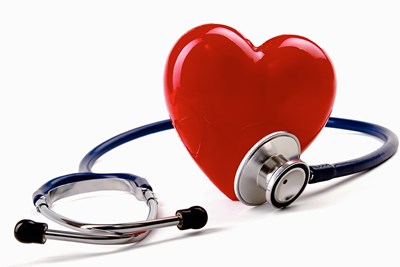Ejection fraction (EF) is a percentage of how much blood your heart is pushing out. It can be used as a means of diagnosing the extent of damage to the heart during cardiovascular diseases, such as heart failure (in particular) and cardiomyopathy. While there is no cure, it is possible to raise a low ejection fraction, at least enough to ease symptoms. Here’s a look at lifestyle changes, medications, and procedures that can be used to treat a low EF.
Lifestyle Changes
Starting a heart healthy diet helps make your heart stronger. More importantly, it can help you lose weight; with too much fat on your body, your heart has to work even harder. Avoiding tobacco and alcohol can also be extremely beneficial. While exercise is also key in controlling cardiovascular diseases, it is absolutely essential you allow your physician to guide you as it isn’t always safe at particular stages of heart disease. Try meditating or other means of clearing the mind because high levels of stress, anxiety, and anger can all contribute to an unhealthy heart.
Medications
Lifestyle changes may be sufficient early on in cardiovascular diseases, but as things progress, it often takes a combination of treatments, from lifestyle to pharmacological to surgical. Pharmacologically, there are a few different medications that seem to work best for a low EF. Inotropes manage symptoms by helping the heart pump stronger and more efficiently. Beta blockers also make the heart not have to work as hard. They work by “slowing down the heart’s contraction rate and reducing its pumping action,” according to California Pacific Medical Center.
Angiotensin II receptor blockers are another class of suggested medication. This drug works by easing the heart’s burden. It appears to be effective for not just heart failure, but also diabetes; experts report it protects the kidneys from developing issues related to diabetes.
Procedures
As scientists get closer and closer to developing a form of gene therapy to help patients with a low EF, there are currently two other surgical procedures that exist on the market right now and seem to be successful. Ventricular assist devices (VADs) are often effective for patients facing severe heart failure and in need of a new heart. Once implanted, a VAD helps the ventricles pump blood better.
A common procedure with a high rate of success is an implantable defibrillator (ICD). The ICD keeps an eye on the heart’s rhythms, making sure the pace is not too fast or irregular. If the heartbeat does get dangerously off tempo, the ICD will administer a small electrical charge to get the heart back on track. If you suspect you have a low EF, talk to your doctor about which treatments are likely to be successful for you as soon as possible.



